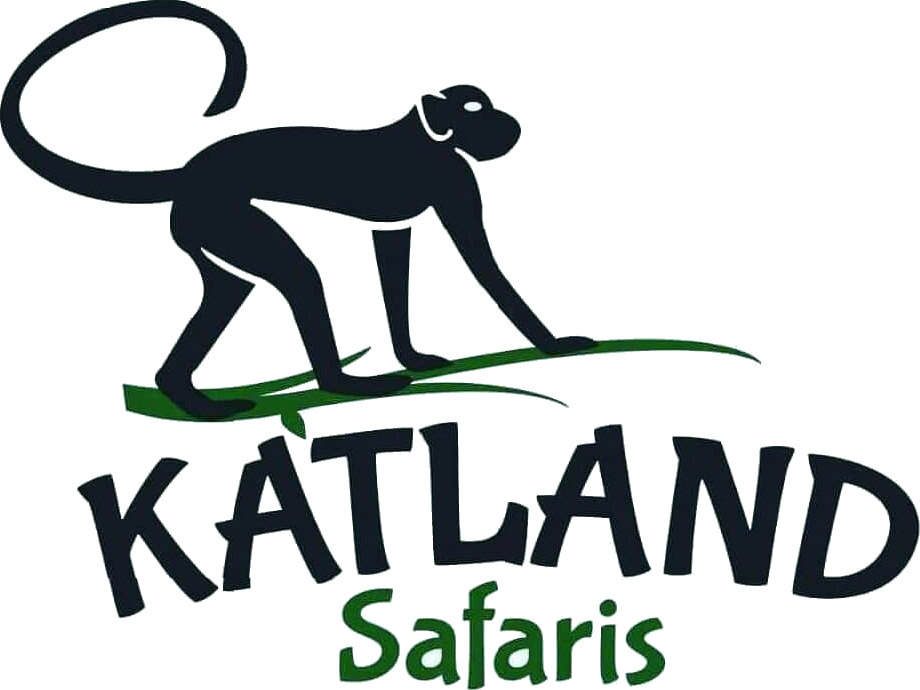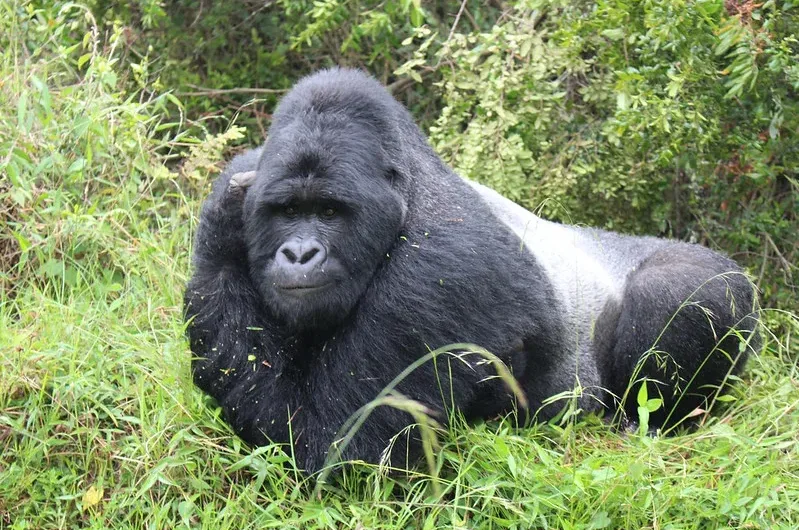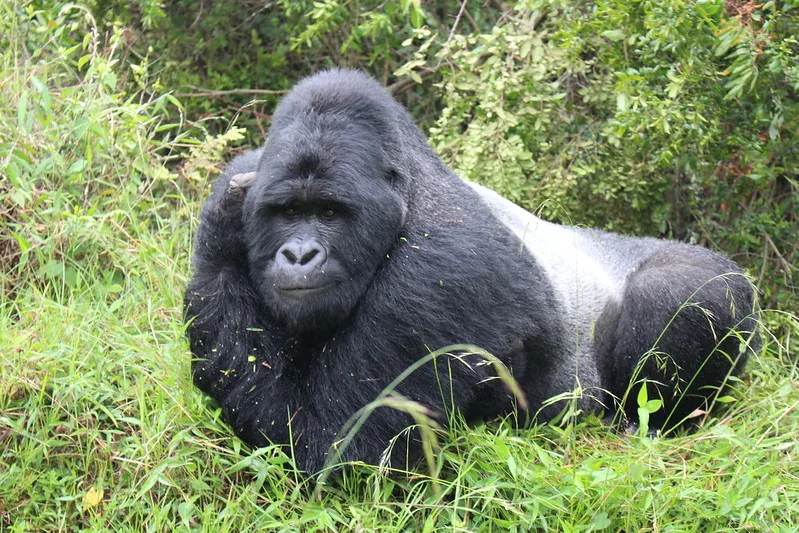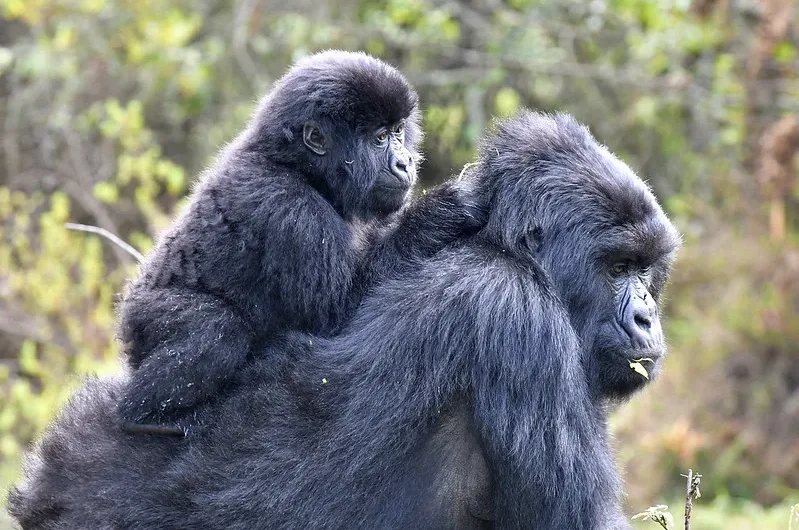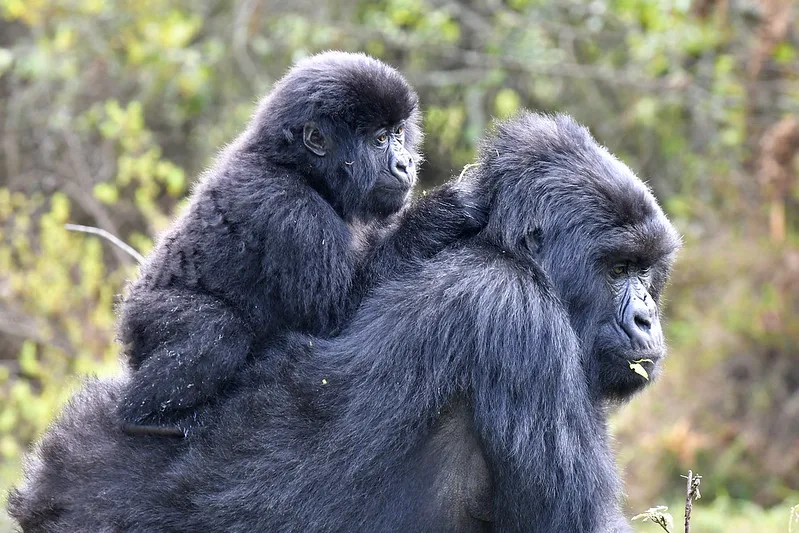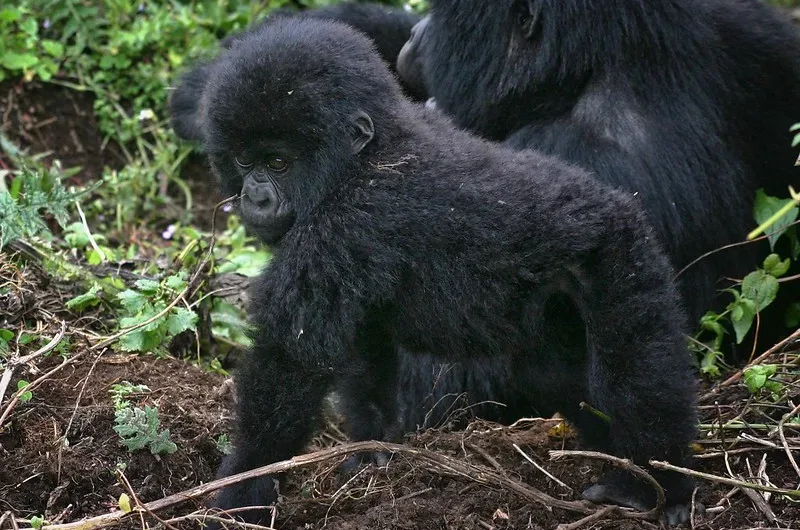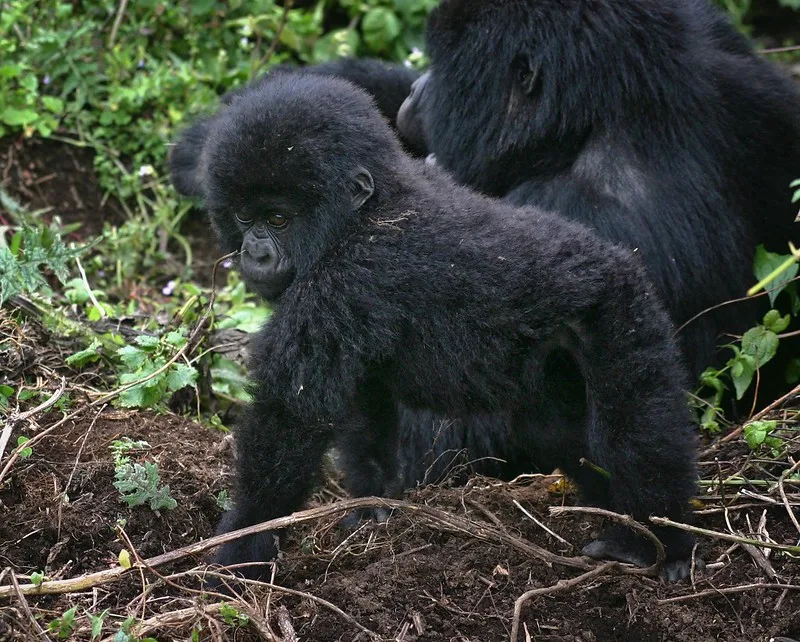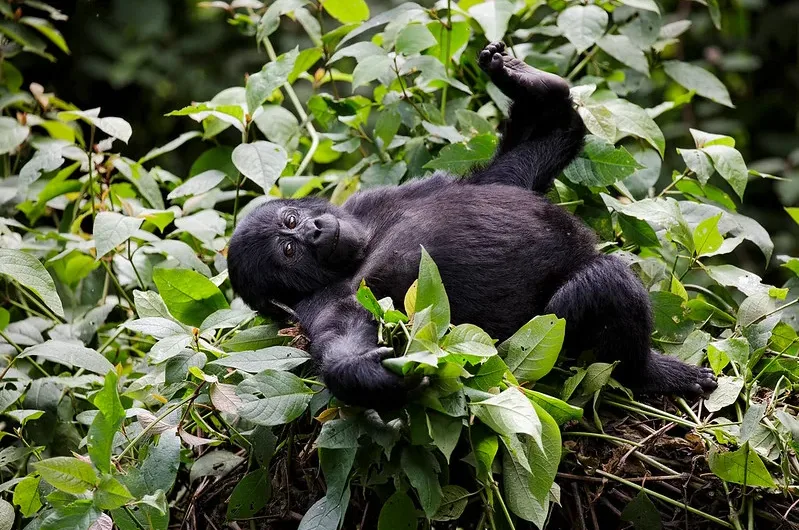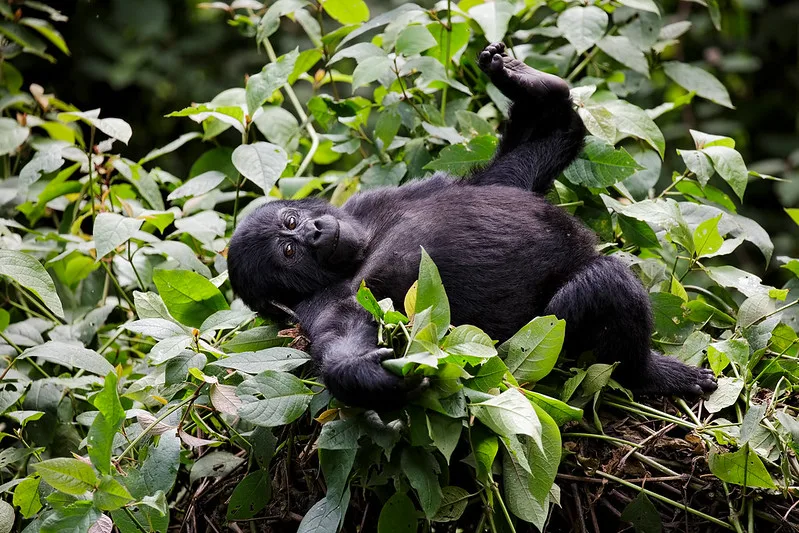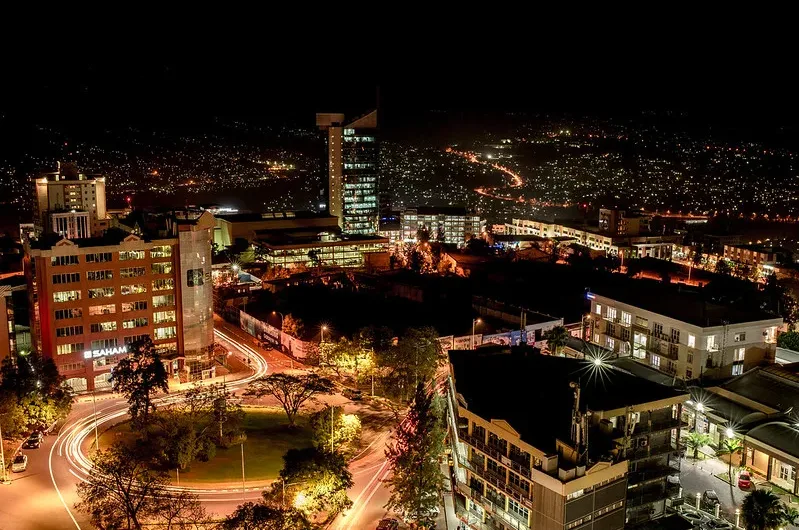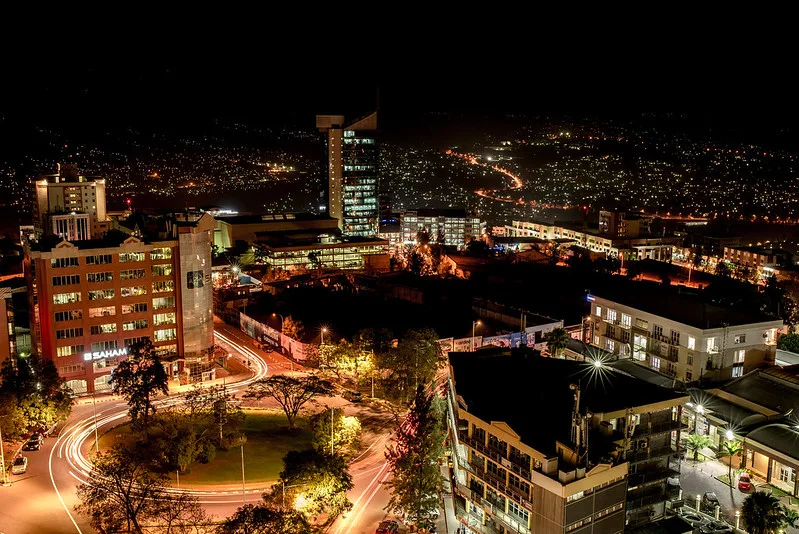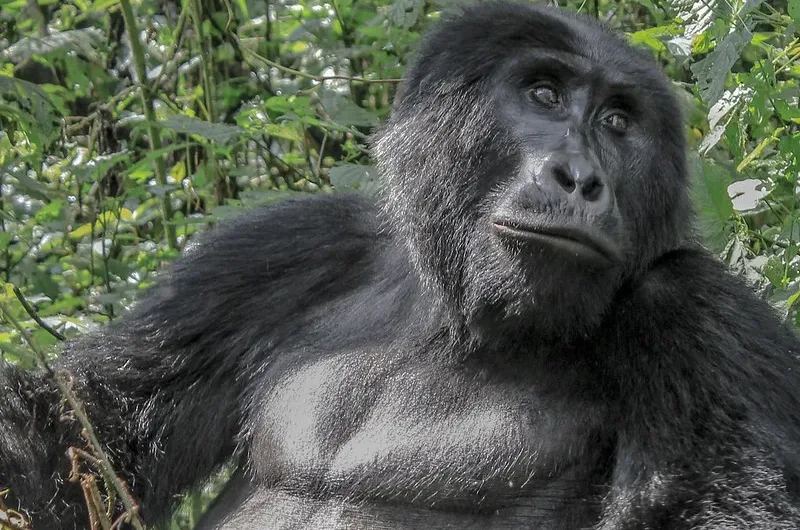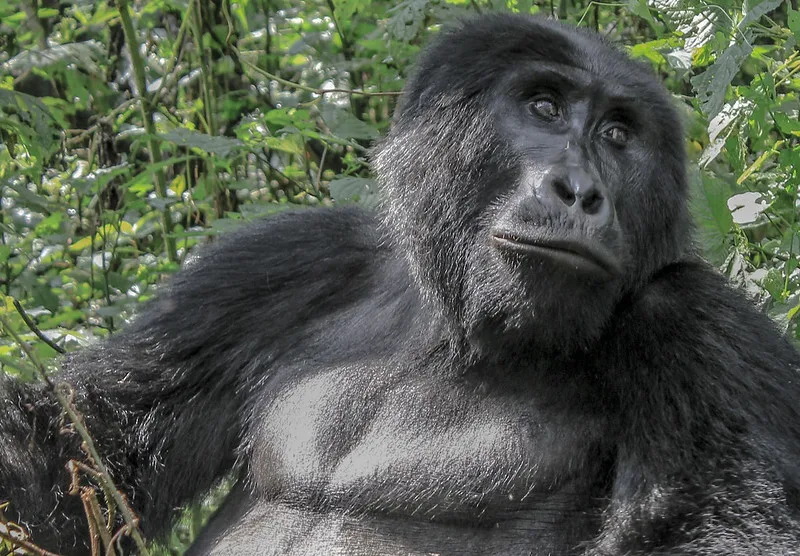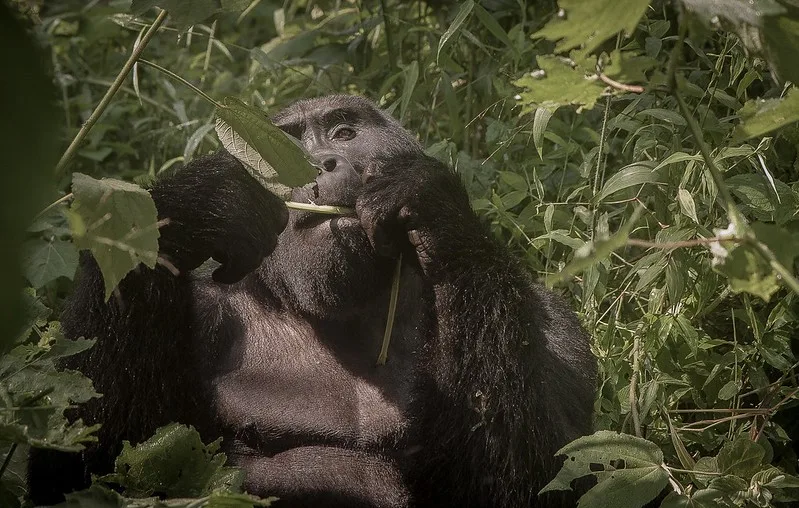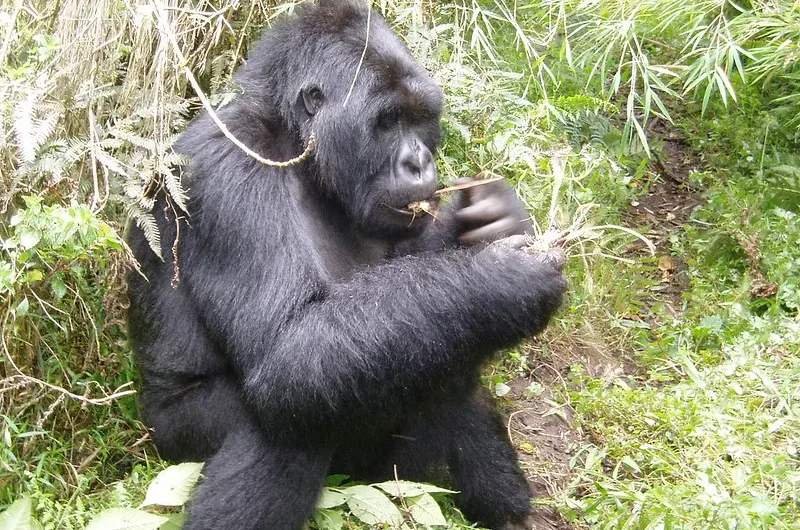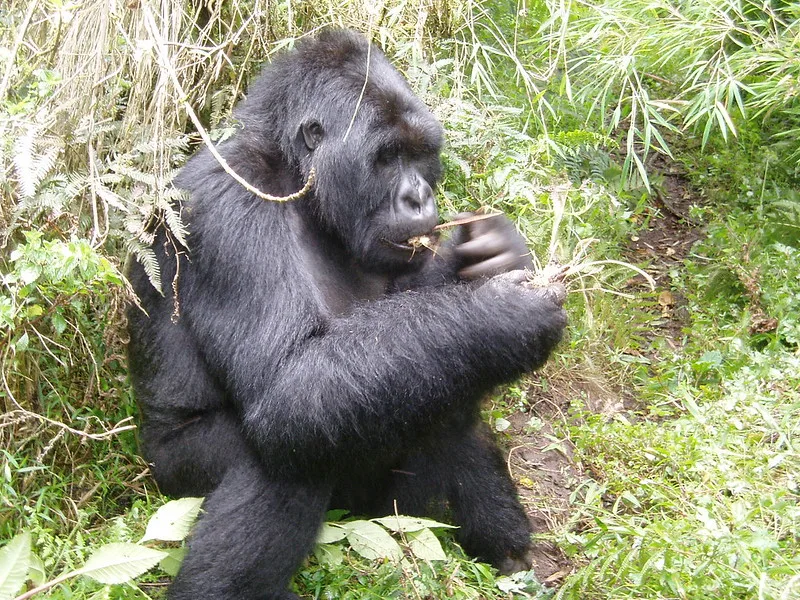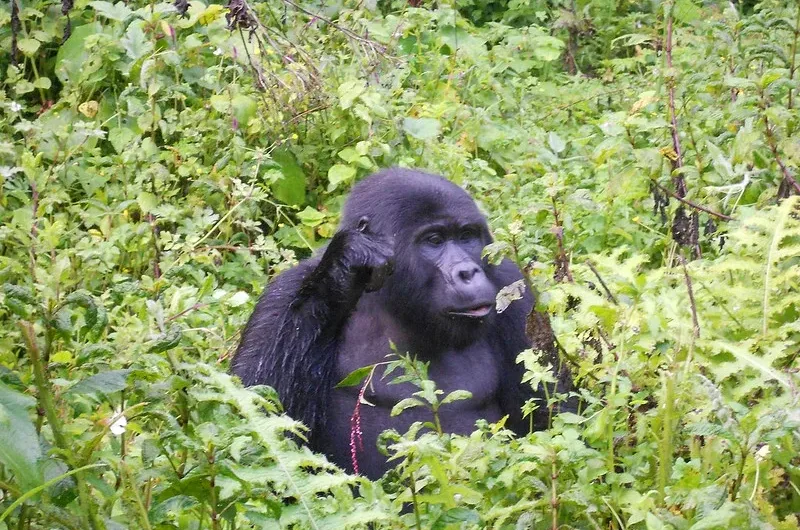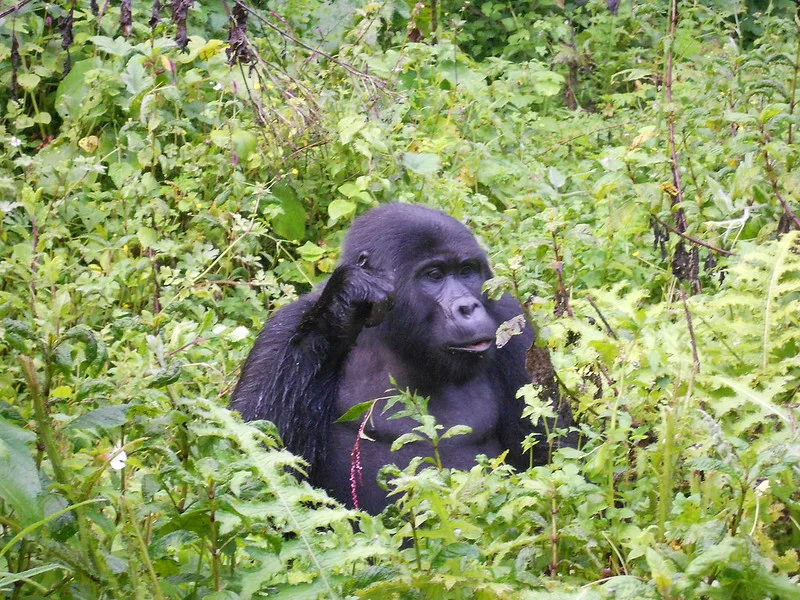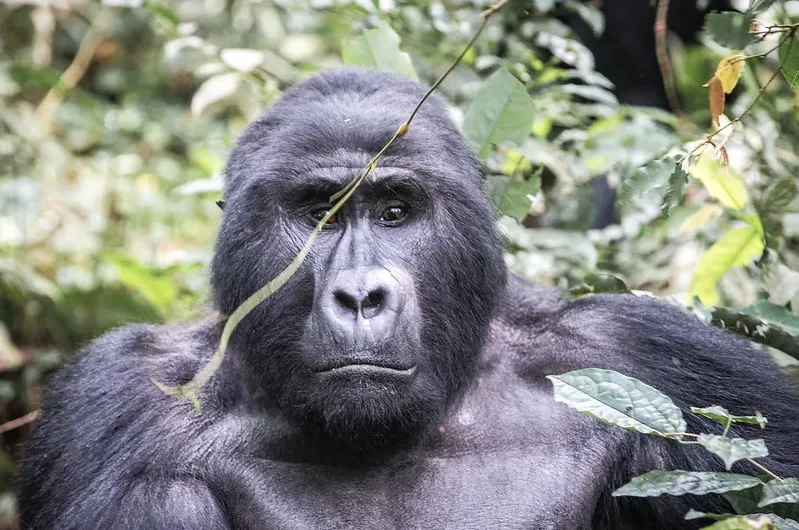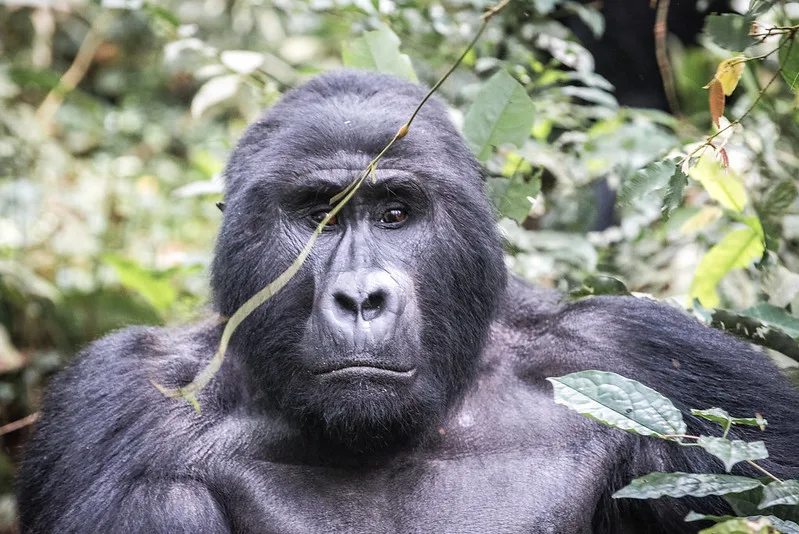Bwindi sedan chairs, Disabled and aged treks Uganda.
Do you want to go on a gorilla trek in Bwindi Forest National Park in Uganda or Volcanoes National Park in Rwanda, but you’re disabled? Is hiking habituated mountain gorillas in Bwindi Impenetrable National Park or Volcanoes National Park something you’ve always wanted to do, but you’re above the age of 70? If you’re looking for a way to go gorilla trekking in Africa, Katland Safaris has you covered with our Bwindi sedan chairs.
To ensure that the elderly, the physically challenged, and those with disabilities have the opportunity to witness mountain gorillas in their natural habitat, Katland Safaris has organized and continues to organize gorilla treks in Bwindi Impenetrable National Park, Mgahinga National Park, and Volcanoes National Park. Book a three-day gorilla trip from Entebbe or Kigali and be a witness to the incredible creatures that call Bwindi home.
Considering the Bwindi sedan seats
The term “Bwindi sedan chairs” is really shorthand for the vehicles that transport visitors to Volcanoes National Park or Bwindi Impenetrable National Park to view mountain gorillas. To carry people, it may be described as a vehicle without wheels. Transportation for visitors to observe habituated mountain gorillas is facilitated by Bwindi sedan chairs, which can be found at the beginning of each of the Bwindi Impenetrable National Park’s gorilla trekking trails.
If you reserve a Bwindi sedan chair, we will arrange for porters to transport you from the trailhead to the gorillas and back again. The northern area of Bwindi Impenetrable National Park is Buhoma, the eastern region is Ruhija, the southern region is Nkuringo, and the southern region is Rushaga. We will make sure that your gorilla trekking sedan chair is reserved, booked, and secured in advance, regardless of the location in which you are scheduled.
What is the price of Bwindi sedan chairs?
In Bwindi, Mgahinga, and Volcanoes National Parks in Uganda, and Volcanoes National Park in Rwanda, respectively, gorilla trekking sedan chairs are used by Katland to lead handicapped and elderly individuals on gorilla treks. The price of a Bwindi sedan chair may range from affordable to quite expensive, depending on its quality.
You may get a local sedan chair for $300 to $400 per passenger each voyage, but an original sedan chair starts at $500. Availability and demand at the time of booking determine the final pricing. Details on the availability and pricing of Bwindi sedan chairs may be obtained by contacting Katland Safaris.
To reserve Bwindi sedan chairs, what time is best?
Due to the first-come, first-served nature of the Bwindi sedan chairs, we often recommend that our customers schedule these vehicles two to three months in advance. We love to take care of such little but significant matters ahead of time because we care. You may get advice on when to pay for your Bwindi sedan chair from one of our safari designers when you contact Katland Safaris.
Bwindi sedan chairs, could you please elaborate?
We will ensure that you reserve, book, and pay for the Bwindi sedan chairs in advance when you book them with Katland Safaris. You will be driven in comfort in a Bwindi sedan chair to one of the gorilla trekking starting points on the day of your trek by your designated driver guide.
In addition to the gorilla trekking sedan chair, there will be many porters ready to transport you to and from the gorillas. Since walking with gorillas may be rather taxing, this is done so that you can observe them with as little exertion as possible. Since the rented sedan chairs are used for most of the physically demanding job, the chances of witnessing mountain gorillas utilizing them are 98%.
What does the price of Bwindi sedan seats cover?
The price of a Bwindi sedan chair may vary from 300 to 500 or even more, and that covers not only the chair but also the services of four or six porters to transport you to and from the gorillas, as mentioned before. Be advised that the gorilla trekking exercise in Bwindi Impenetrable National Park might take anywhere from thirty minutes to three quarters of a day.
Rest assured, these porters will accompany you every step of the way to ensure that you fulfill your ambition of trekking gorillas. If you want to visit mountain gorillas in Bwindi Impenetrable National Park, book your trip with Katland Safaris.
What does the price of Bwindi sedan chairs not include?
Gorilla permits, transportation, and lodging are all part of an all-inclusive gorilla trip, which is not included in the price of the Bwindi sedan chairs. To reserve a gorilla trekking sedan chair, please make a reservation for our all-inclusive gorilla trip.
More specifically, transportation to and from either Volcanoes National Park or Bwindi Impenetrable National Park is included in the price of a particular gorilla trip. Transportation might take place by air or road. To visit mountain gorillas in Bwindi Impenetrable National Park or Volcanoes National Park, Katland Safaris arranges both flying safaris and driving treks. What works best for you in terms of cost and interests is the way of transportation.
The cost of gorilla permits for Rwanda or Uganda is not included in the price of Bwindi sedan chairs. As of 201-19, a gorilla permit in Uganda costs 800 USD. The price of a Rwanda gorilla permit is $1,500 USD for each trekker. Gorilla habituation experiences, which last for four hours, are also available for booking in the southern section of Bwindi Impenetrable National Park.
Park admission, as well as one or four hours of viewing time with the gorillas, are all included of a gorilla permit. An experienced UWA ranger guide will accompany you into the forest until you see mountain gorillas if you purchase a gorilla permit.
Gorilla permits also include the cost of trackers. An advance party known as trackers sets out first thing in the morning to search locate the gorillas’ sleeping areas and to keep tabs on their whereabouts. Just before your gorilla walk begins, they will relay information about the locations of the mountain gorillas to the park headquarters.
In Uganda, your lodging in Mgahinga or Volcanoes National Park is not included in the price of the Bwindi sedan chairs; in Rwanda, it is Volcanoes National Park. Many different types of lodging establishments in and around Bwindi Impenetrable National Park are part of Katland Safaris’ network. You have the option to stay in Budget, Mid Range/Deluxe, or High End Lodges throughout your stay with us, all based on your budget. Just give us the go-ahead and we’ll take care of everything.
Feel free to call or email us at any time for additional details about our Bwindi sedan chairs and our most reasonably priced wildlife and gorilla trips to Rwanda and Uganda.
Primate, animal, and cultural safaris in Rwanda and Uganda are offered by Katland Safaris, a top tour operator that comes highly rated on Safari Bookings and Trip Advisor. From the moment you get in touch with us until the moment you depart from one of our sites, our staff of safari consultants and driver guides will manage your trip professionally.
